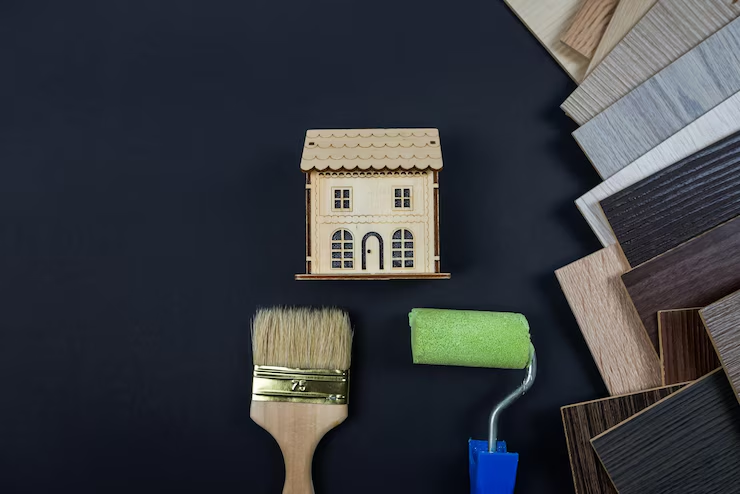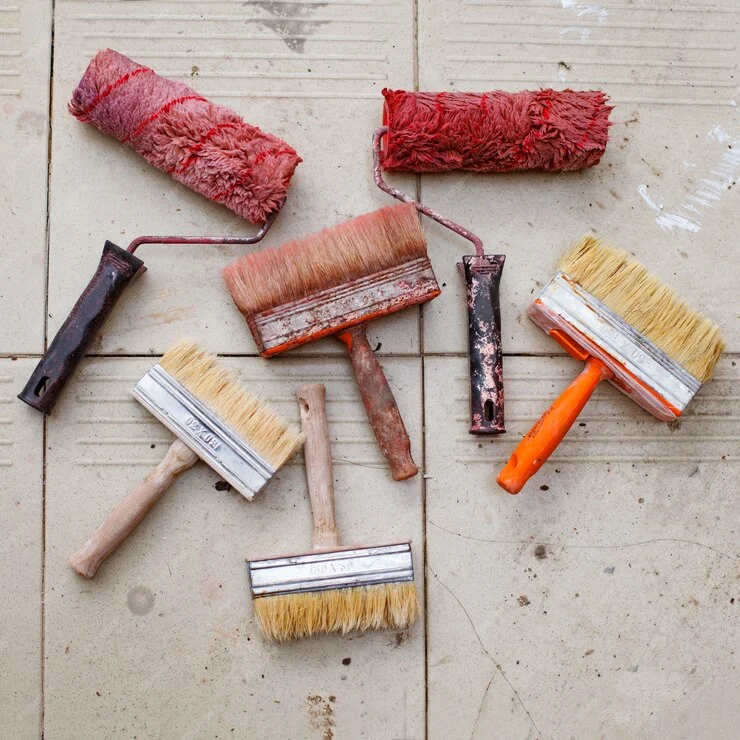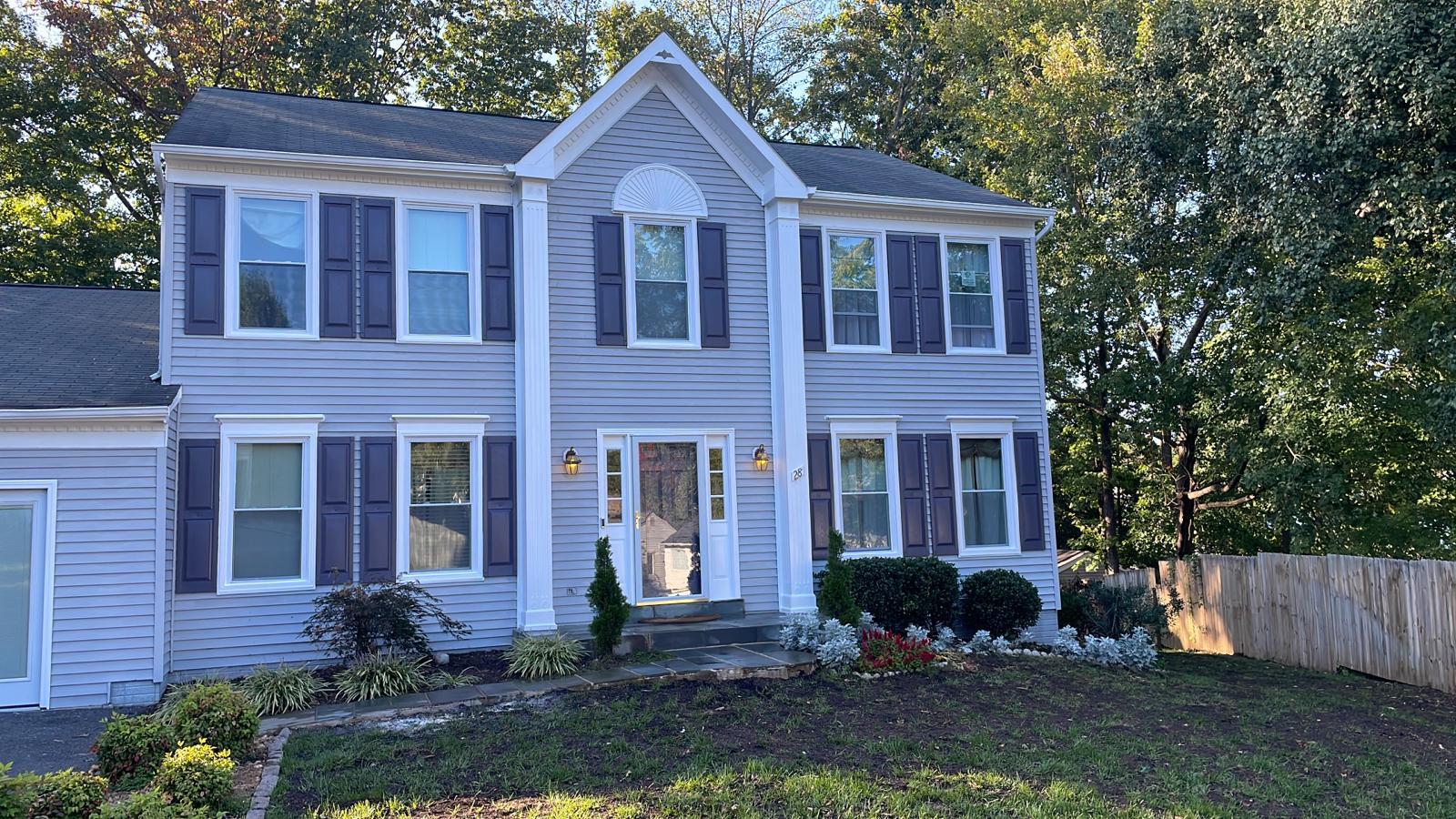Painting your house is one of the most effective ways to transform its appearance and create a welcoming and attractive environment. In the United States, where homes can be built with various materials such as wood, brick, or stucco, it is essential to choose the right type of paint for each surface. Additionally, knowing the color combinations that can make your spaces look more extensive can make a significant difference. Here is a complete guide on the types of paint and the most effective color combinations.

Types of Paint for Different Surfaces
1. Interior Paint
-
- Latex Paint: Ideal for interiors, it is easy to clean, dries quickly, and has low levels of volatile organic compounds (VOCs). Perfect for drywall or plaster walls.
- Oil-Based Paint: Although used less due to its higher VOC content, it is durable and suitable for surfaces that require more resistance to wear, such as trim and doors.
2. Exterior Paint
-
- Acrylic Paint: Weather-resistant, it is excellent for exteriors. It works well on wood, brick, and stucco surfaces, providing a protective layer against the elements.
- Elastomeric Paint: Ideal for stucco or brick surfaces, this paint is flexible and can cover small cracks, protecting against moisture.
3. Wood-Specific Paint
-
- Stains and Varnishes: Highlight the natural beauty of wood in interiors and exteriors while protecting it.
- Exterior Wood Paint: Formulated to resist fading and damage from the sun and rain.
Color Combinations to Enlarge Spaces
Choosing the right colors can make your rooms feel more spacious and bright. Here are some ideas:
1. Whites and Neutrals
-
- White: A timeless classic that reflects light and creates a sense of open space. Ideal for any room, especially those with limited natural light.
- Light Gray: Sophisticated and modern, light gray is perfect for living rooms and bedrooms, adding a sense of spaciousness without being as clinical as pure white.
- Beige: Adds warmth and is very versatile, combining well with furniture of different styles and colors.
2. Pastel Tones
-
- Light Blue: Relaxing and fresh, light blue is perfect for bathrooms and bedrooms, giving a sense of tranquility and spaciousness.
- Mint Green: Brings freshness and vitality, ideal for kitchens and living rooms.
- Lavender: Soft and calming, perfect for children’s rooms or bedrooms, creating a serene and spacious environment.

3. Combinations and Techniques
- Monochromatic Tones: Use different shades of the same color to create depth and dimension. For example, combine a dark gray on an accent wall with light gray on the surrounding walls.
- Light Ceilings: Paint the ceiling a lighter color than the walls to give a sense of height and spaciousness.
- Vertical Stripes: Paint vertical stripes on the walls to create the illusion of higher ceilings.

Additional Tips
- Lighting: Make the most of natural light and use appropriate lamps to highlight the chosen colors and make the spaces appear larger.
- Mirrors: Place mirrors strategically to reflect light and visually expand the space.
- Furniture and Decoration: Opt for light-colored furniture and minimalist decoration to maintain the sense of spaciousness.
Remember, choosing the right type of paint and the correct color combinations can transform your spaces, making them appear more extensive and welcoming. Consider the construction material of your house and follow these tips to achieve the best results. Happy painting!

